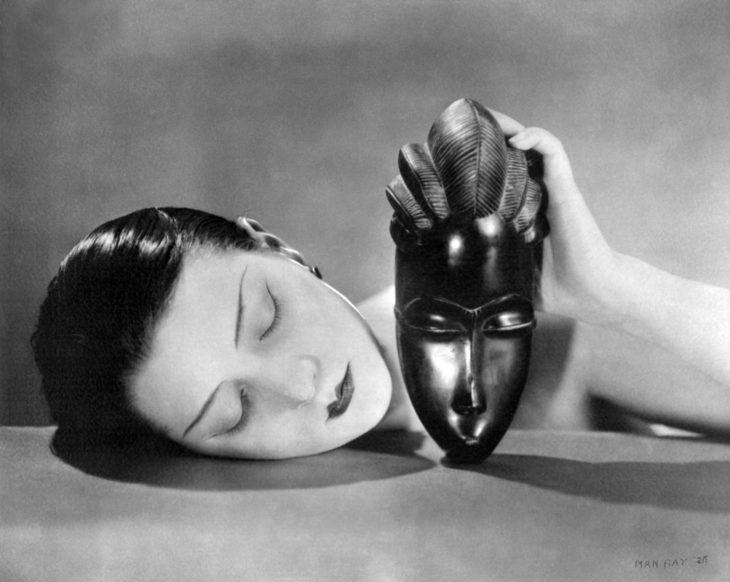The Seashell and the Clergyman
La coquille et le clergyman
Zusammen mit Wolf’s Hole.
Surrealismus ist traditionell eher männlich aufgeladen, siehe auch das absolute Referenzwerk, Luis Buñuels Un chien andalou (1929). Surrealistinnen werden hingegen häufig übersehen, so auch Avantgarde-Regisseurin Germaine Dulac und ihr Meisterinnen-Stück The Seashell and the Clergymen, das das BFI als „wichtiges frühes Beispiel von radikalem, experimentellem, feministischem Filmschaffen“ beschreibt. Im Zentrum steht ein obsessiver Priester, der fällt und kriecht und all jene meuchelt, die zwischen ihm und seiner begehrten, allerdings von Berufungswegen auch verbotenen, Frau stehen: Bei einem Screening im Studio Les Ursulines in Paris 1928 wurde der Film als „ein Traum auf der Leinwand“ beworben. Oder ist es ein Albtraum?
(*1882; ✝1942) was a feminist, socialist, and pioneer filmmaker of the 1920s and 30s French avant-garde. She played a founding role in the evolution of cinema as both a lyrical art and a social practice. Dulac directed more than thirty silent era fiction films, many developing new cinematic tendencies from Impressionist to abstract, before going on to produce an equivalent number of non-fiction films during the early sound period. She is best known for The Smiling Madam Beudet and The Seashell and the Clergyman.








